African greens are a diverse group of leafy vegetables native to Africa, prized for their unique flavors, nutritional benefits, and cultural significance. This guide covers the top 5 varieties, expert cooking techniques, spice pairings, and how to select the best greens for your dishes. Discover how to transform these ingredients into bold, flavorful meals that celebrate African culinary traditions.
Table of Contents
- What Are African Greens?
- Top 5 African Greens to Know
- Spice Combinations That Make These Greens Shine
- Pro Cooking Tips for Perfect African Greens Every Time
- Buying Guide: How to Choose the Best African Greens
- How to Incorporate African Greens into Your Everyday Meals
- Frequently Asked Questions About African Greens
- Conclusion
What Are African Greens?
African greens refer to a variety of leafy vegetables commonly consumed across Sub-Saharan Africa, not a botanical classification but a culinary term. These greens are essential components of traditional dishes, often served with staples like rice, cassava, or yams. They share hearty textures and earthy or slightly bitter flavors that pair beautifully with rich stews, aromatic spices, and tangy ingredients like tamarind or lemon.
| Green | Common Names | Taste Profile | Texture | Best Used In |
|---|---|---|---|---|
| Amaranth | Efo Tete, Callaloo (in some regions) | Earthy, nutty, slightly peppery | Soft, tender when cooked | Stews, soups, sautéed dishes |
| Jute Leaves | Leaf Mucuna, Ewedu, Saluyot | Mildly bitter, herbaceous | Sticky/mucilaginous texture when cooked | Traditional Nigerian soups like Ewedu |
| Sorrel | Hibiscus Sabdariffa Leaves | Tart, cranberry-like flavor | Crunchy raw, soft when cooked | Salads, sauces, beverages |
| Waterleaf | Talinum triangulare, Ceylon spinach | Mild, grassy flavor | Juicy, slightly crunchy | Light stews, steamed side dishes |
| Cowpea Leaves | Nièbé leaves, Black-eyed peas leaves | Similar to spinach, slightly sweet | Delicate and tender | Quick sautés, soups, wraps |
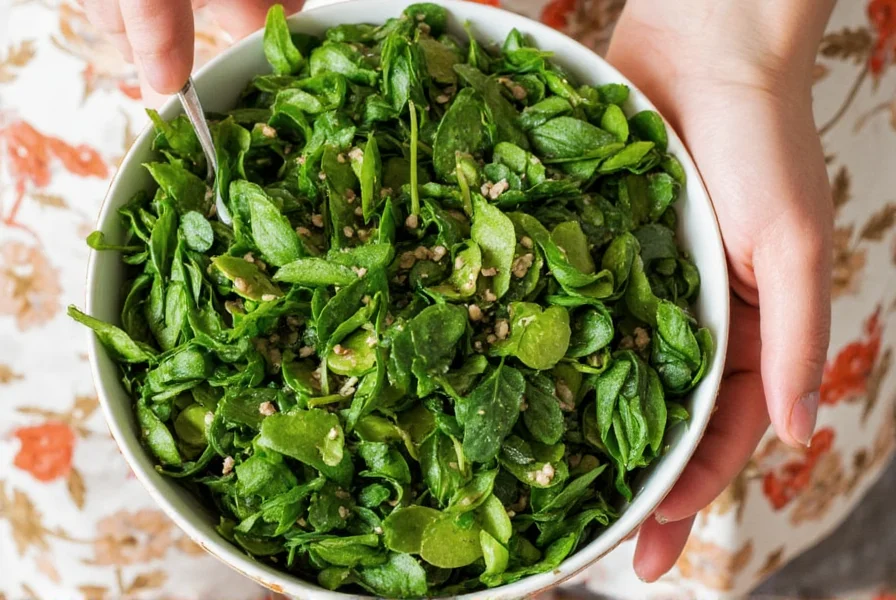
Spice Combinations That Make These Greens Shine
African greens balance naturally with bold spices. These pairings enhance flavor profiles while maintaining authenticity:
- Amaranth: Nutmeg, smoked paprika, garlic powder, red pepper flakes
- Jute Leaves: Crayfish, dried shrimp, ginger, scotch bonnet peppers
- Sorrel: Ginger, cinnamon, cloves, lime juice
- Waterleaf: Basil, thyme, crushed coriander seeds
- Cowpea Leaves: Groundnut paste, cumin, curry powder
Tip: Add umami-rich ingredients like fermented locust beans (iru) or dried fish to deepen savory notes without overpowering the greens.
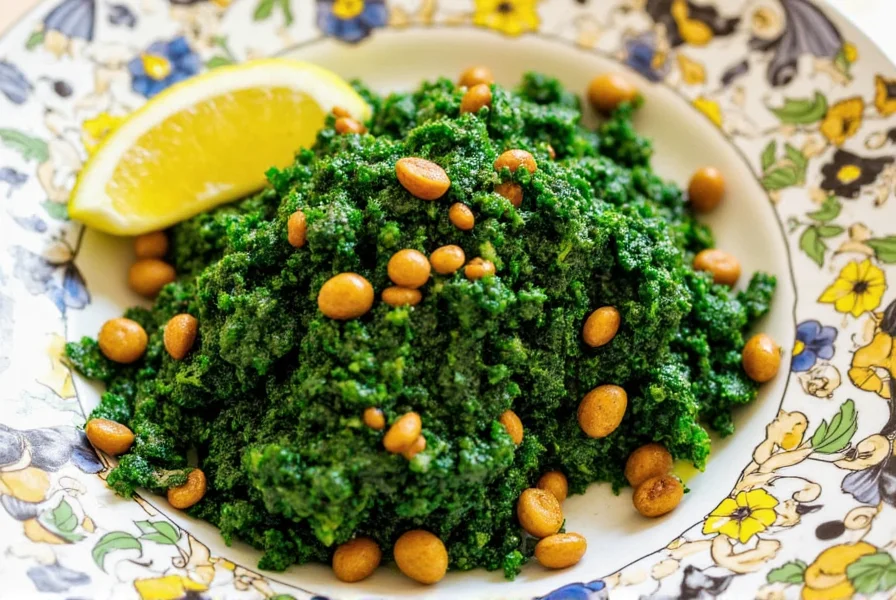
Pro Cooking Tips for Perfect African Greens Every Time
Follow these expert techniques to avoid common mistakes and maximize flavor:
- Don't Overcook: Cook greens for only 10-15 minutes to preserve vibrant color and texture.
- Blanch First: For waterleaf or cowpea leaves, blanch in salted water for 30 seconds to reduce bitterness.
- Balance Bitterness: Add acid (lemon juice, vinegar, or tamarind) during cooking to enhance natural flavors.
- Pair with Creamy Elements: Coconut milk or groundnut sauce creates silky texture and balances bitterness.
- Layer Flavors: Sauté aromatics first, add spices to infuse oil, then incorporate greens and finish with herbs or acid.
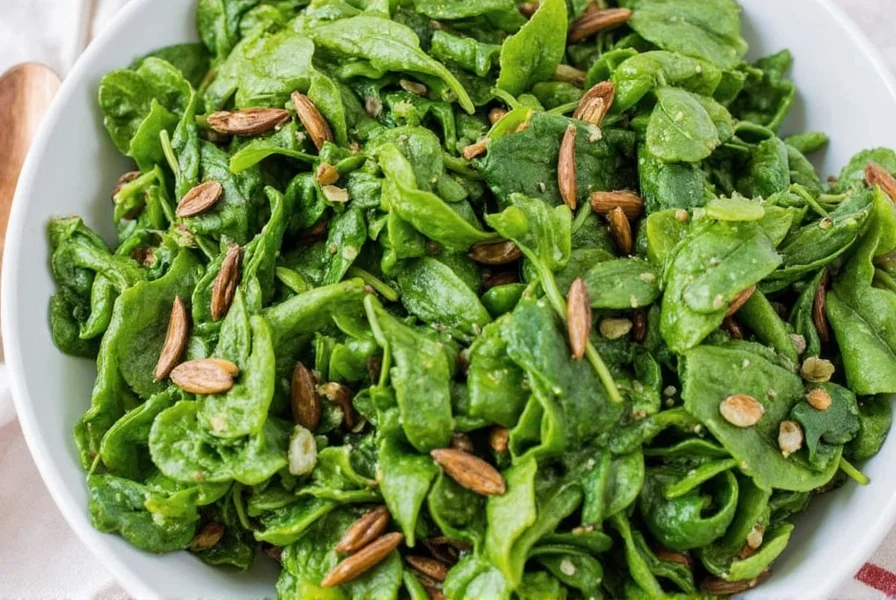
Buying Guide: How to Choose the Best African Greens
When selecting African greens, prioritize freshness and proper storage:
- Freshness: Look for bright green, crisp leaves without yellowing or wilting.
- Seasonality: Amaranth and cowpea leaves are year-round; jute leaves may be seasonal.
- Smell: Should be clean and earthy, not musty or sour.
| Product Type | Pros | Cons | Best For |
|---|---|---|---|
| Fresh Greens | Maximum flavor and texture | Short shelf life, limited availability | Chefs and serious cooks |
| Frozen Greens | Convenient, long shelf life | Slightly softer texture after thawing | Busy home cooks |
| Dried Greens | Easy storage, portable | Require rehydration before use | Travelers and pantry staples |
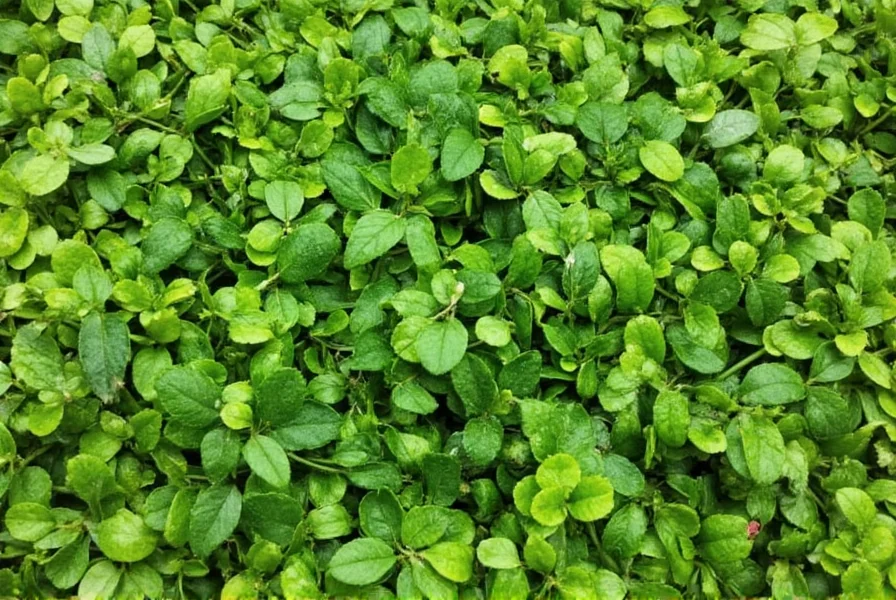
How to Incorporate African Greens into Your Everyday Meals
These simple ideas make African greens accessible for daily cooking:
- Smoothie Boost: Add waterleaf or amaranth to mango-pineapple smoothies for extra nutrients.
- Grain Bowls: Sauté cowpea leaves with turmeric and coconut milk over quinoa for a protein-rich lunch.
- Wrap Upgrade: Use sorrel leaves as a crisp base for chicken or tofu wraps.
- Meat Pairings: Serve spiced amaranth alongside grilled lamb for a flavorful side dish.
- Soup Enhancer: Stir jute leaves into stews during the last 5 minutes for added body.
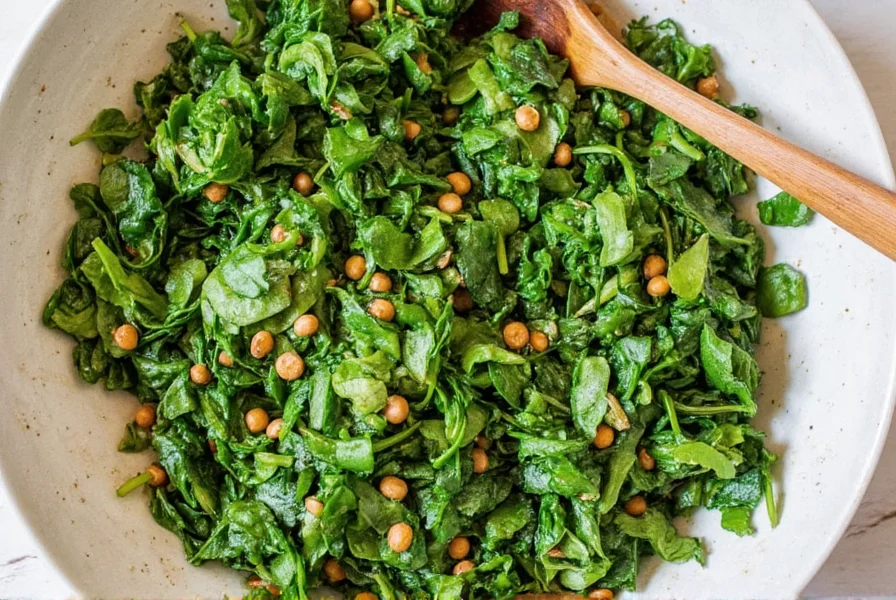
Frequently Asked Questions About African Greens
What are the main health benefits of African greens compared to other leafy vegetables?
African greens contain higher levels of vitamins A, C, and K, iron, and calcium than common Western greens. Amaranth has more calcium than milk by weight, while jute leaves are exceptionally rich in magnesium and dietary fiber. They also provide unique antioxidants that support immune function and digestion.
Where can I buy African greens if I don't live in a major city with specialty markets?
Online retailers specializing in international foods offer frozen or vacuum-sealed options. For substitutes, use spinach for amaranth and okra for jute leaves. Farmers' markets increasingly carry these greens as demand grows, and amaranth/cowpea leaves can be grown in home gardens.
How do I reduce the bitterness in African greens without compromising flavor?
Blanch greens in salted water for 30-60 seconds, add acid (lemon juice or vinegar), pair with umami ingredients like tomatoes or dried shrimp, and avoid overcooking. Traditional techniques like adding smoked fish also balance bitterness effectively.
Can I freeze fresh African greens, and if so, what's the best method?
Yes: Wash greens, remove tough stems, blanch for 90-120 seconds, plunge into ice water, drain thoroughly, portion into freezer bags with air removed, and label. Use frozen greens directly in cooked dishes without thawing for best results.
Are African greens safe to eat during pregnancy?
Yes, they're highly beneficial due to folate, iron, and calcium content. Ensure thorough washing, proper cooking, and avoid excessive jute leaves if you have kidney issues (high oxalates). Always consult your healthcare provider for personalized advice.
How can I tell if my African greens have gone bad?
Discard if you notice significant yellowing/browning, slimy texture (beyond natural mucilage), sour/ammonia odor, or wilting that doesn't revive in cold water. Properly stored fresh greens last 3-5 days refrigerated.

Conclusion
African greens are nutritional powerhouses that bring authentic flavors and cultural richness to any kitchen. From amaranth's nutty depth to jute leaves' signature mucilage, these ingredients offer endless culinary possibilities. With the right techniques and spice pairings, even beginners can create restaurant-quality dishes that celebrate African culinary heritage.
Start simple: add waterleaf to your morning smoothie or try cowpea leaves in a grain bowl. As you gain confidence, experiment with traditional recipes like Nigerian Ewedu soup. Each bite connects you to centuries of African food traditions while delivering exceptional nutrition.


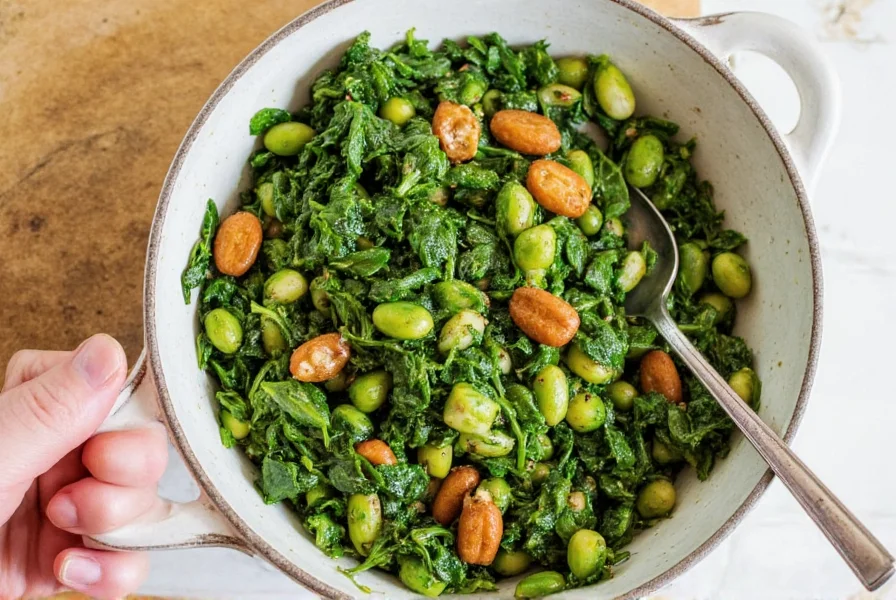









 浙公网安备
33010002000092号
浙公网安备
33010002000092号 浙B2-20120091-4
浙B2-20120091-4